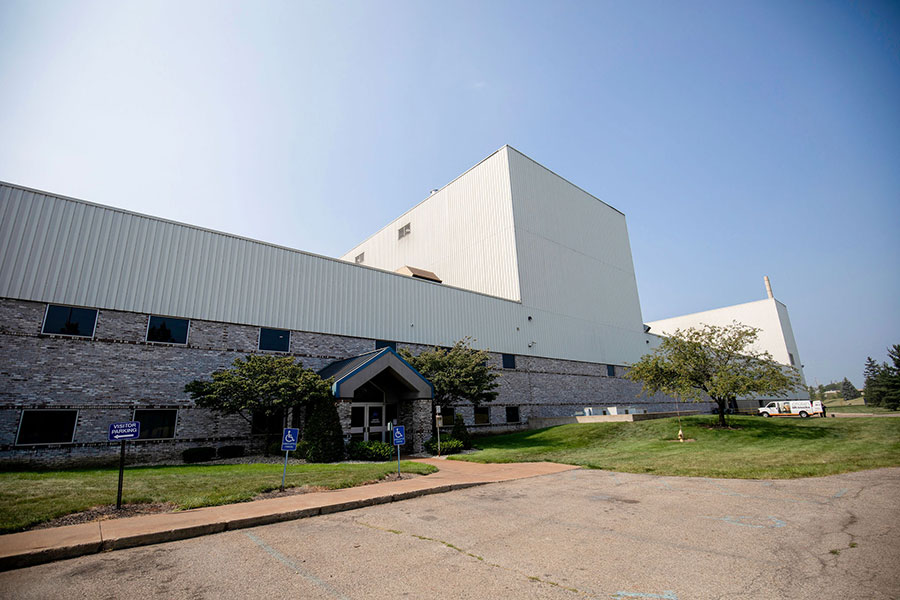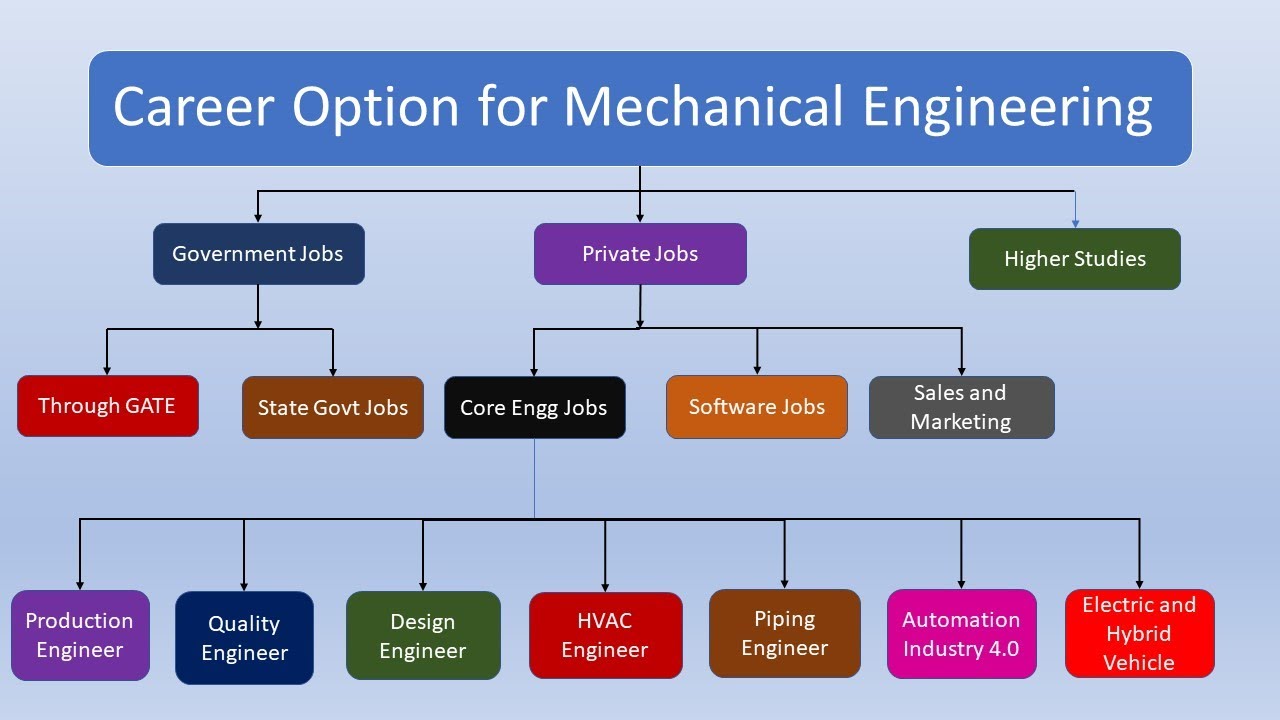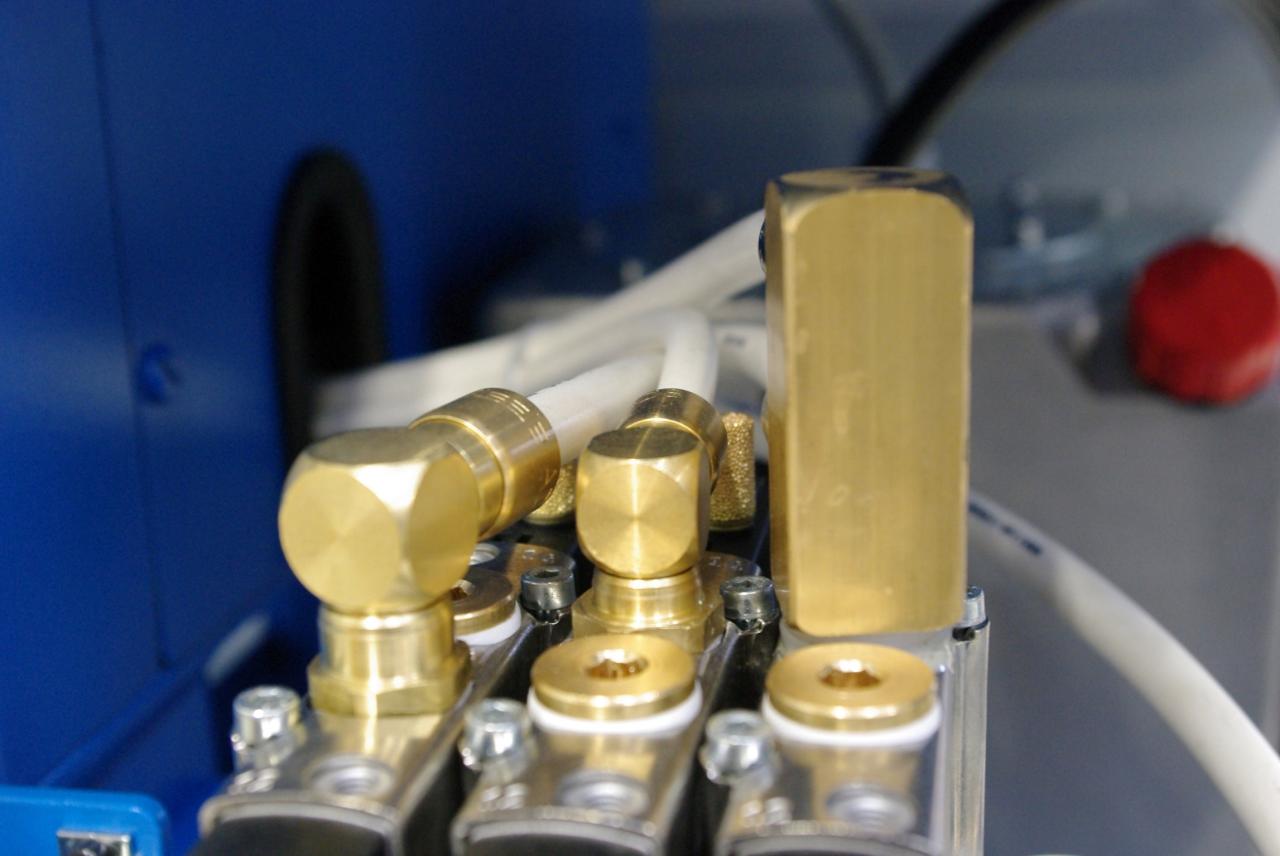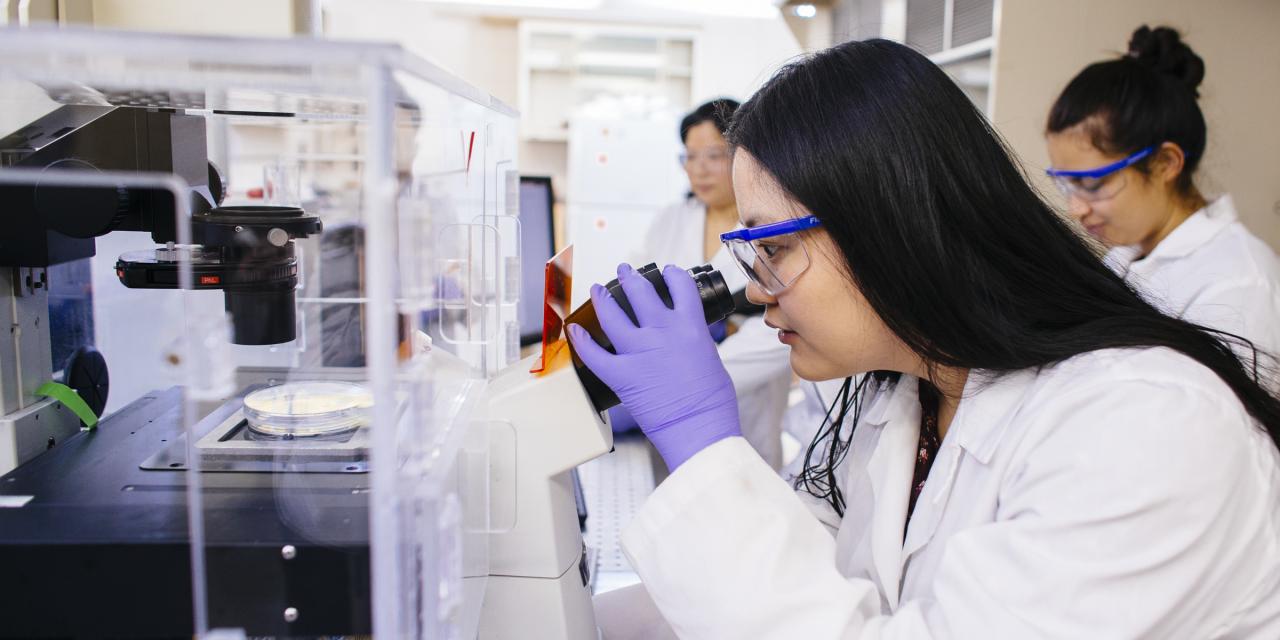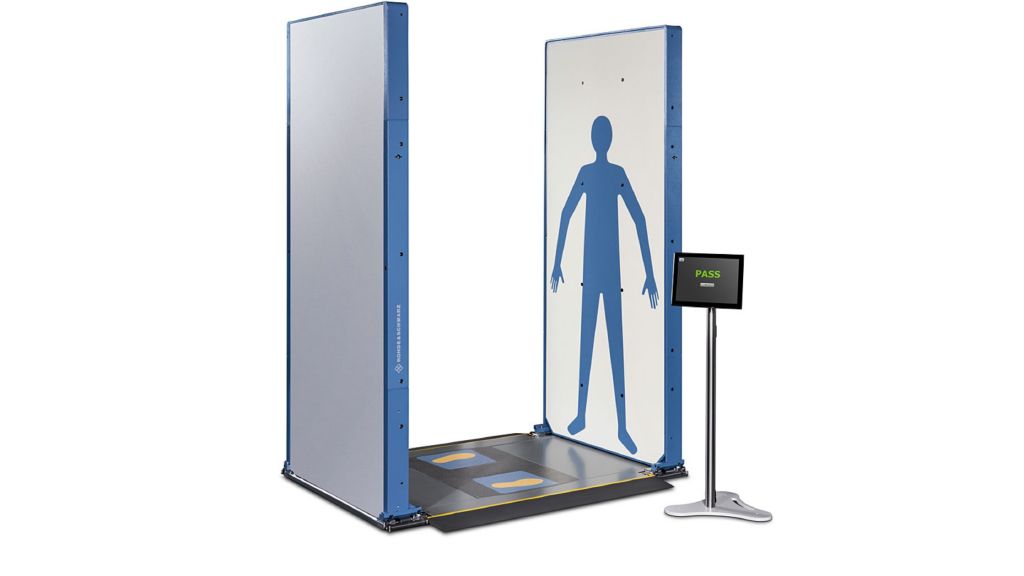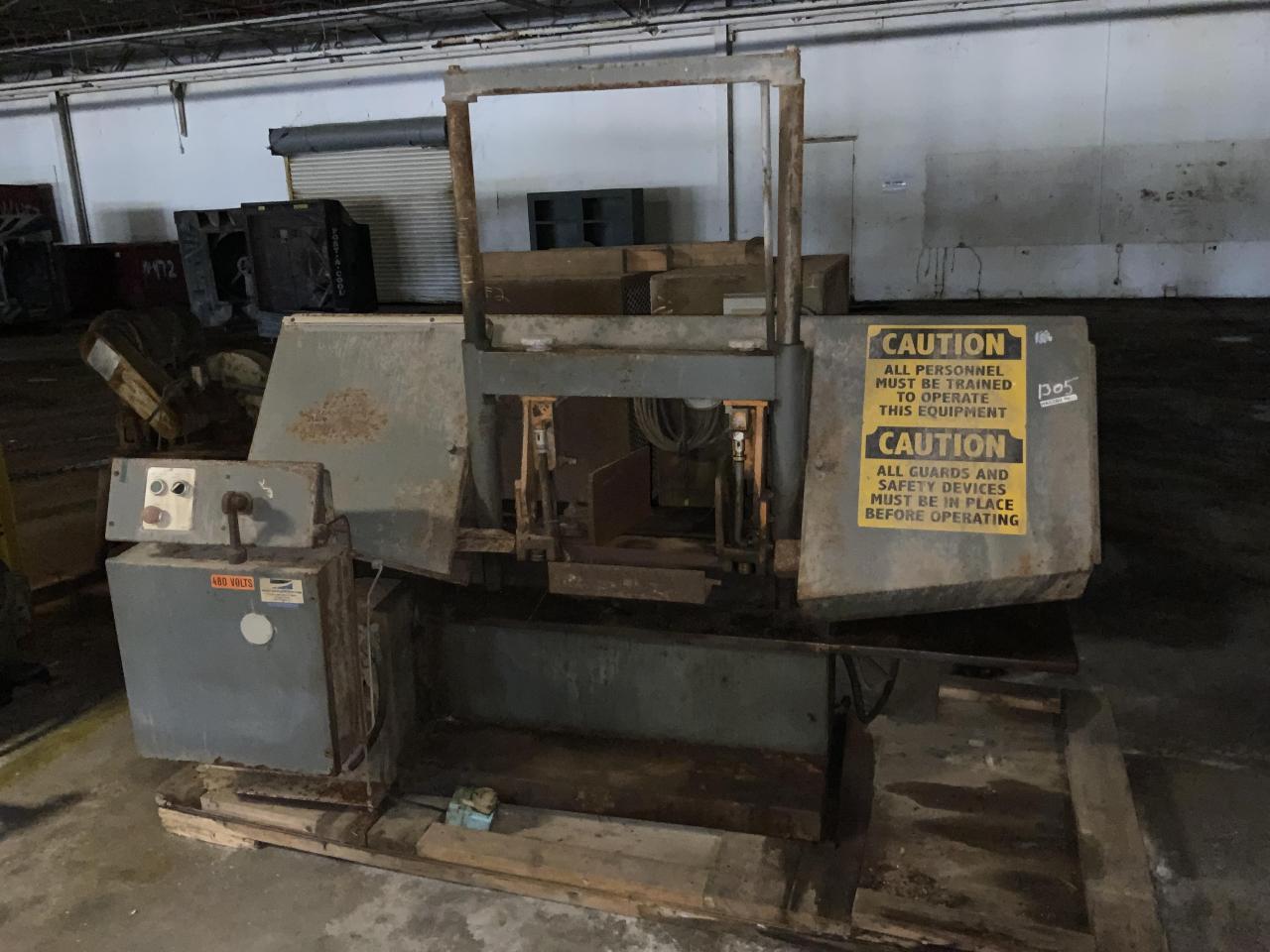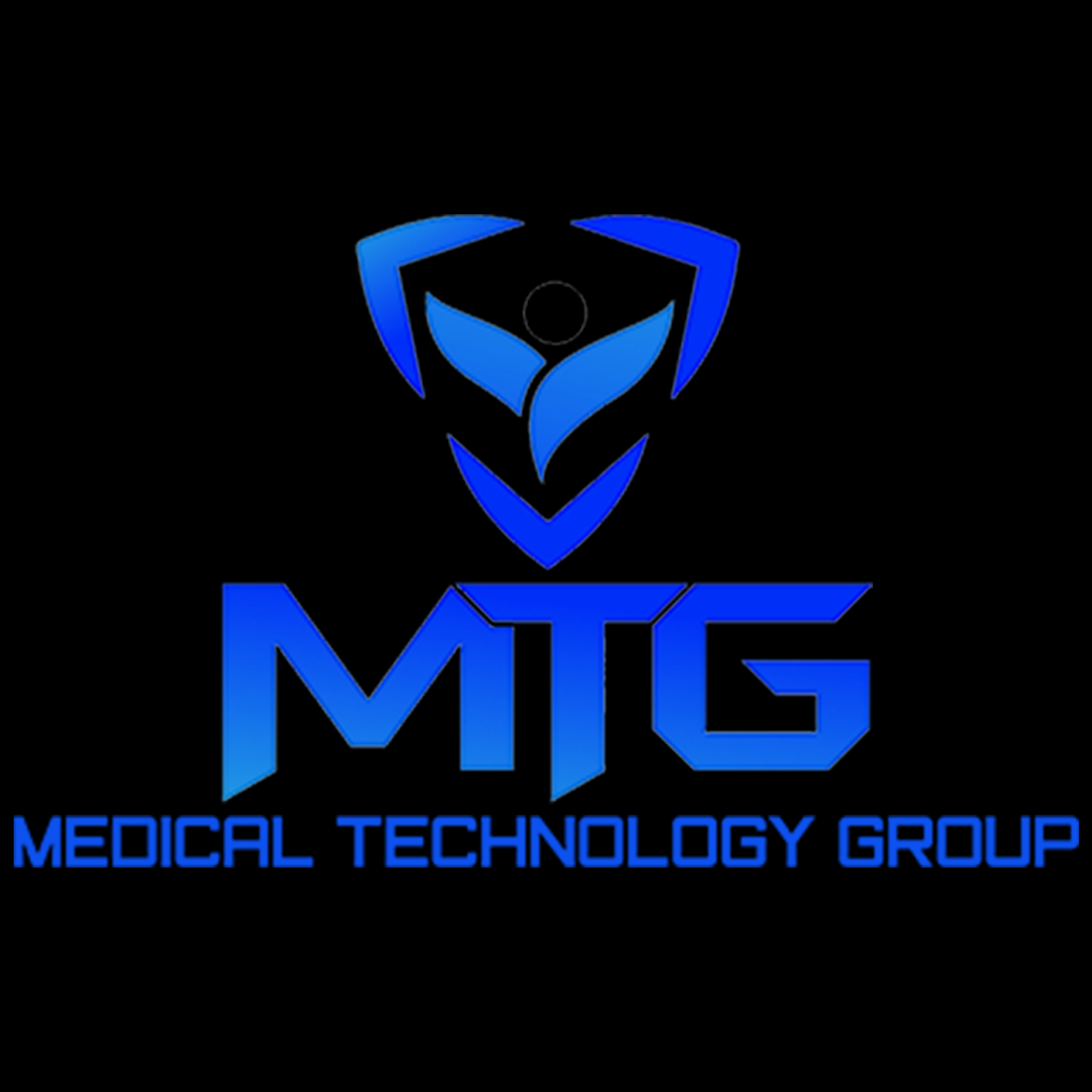Instrumentation Technology: Measuring and Controlling the World
Instrumentation technology is the backbone of modern industries, enabling precise measurement, control, and automation of processes. From monitoring critical parameters in power plants to guiding robots in manufacturing, instrumentation systems […]
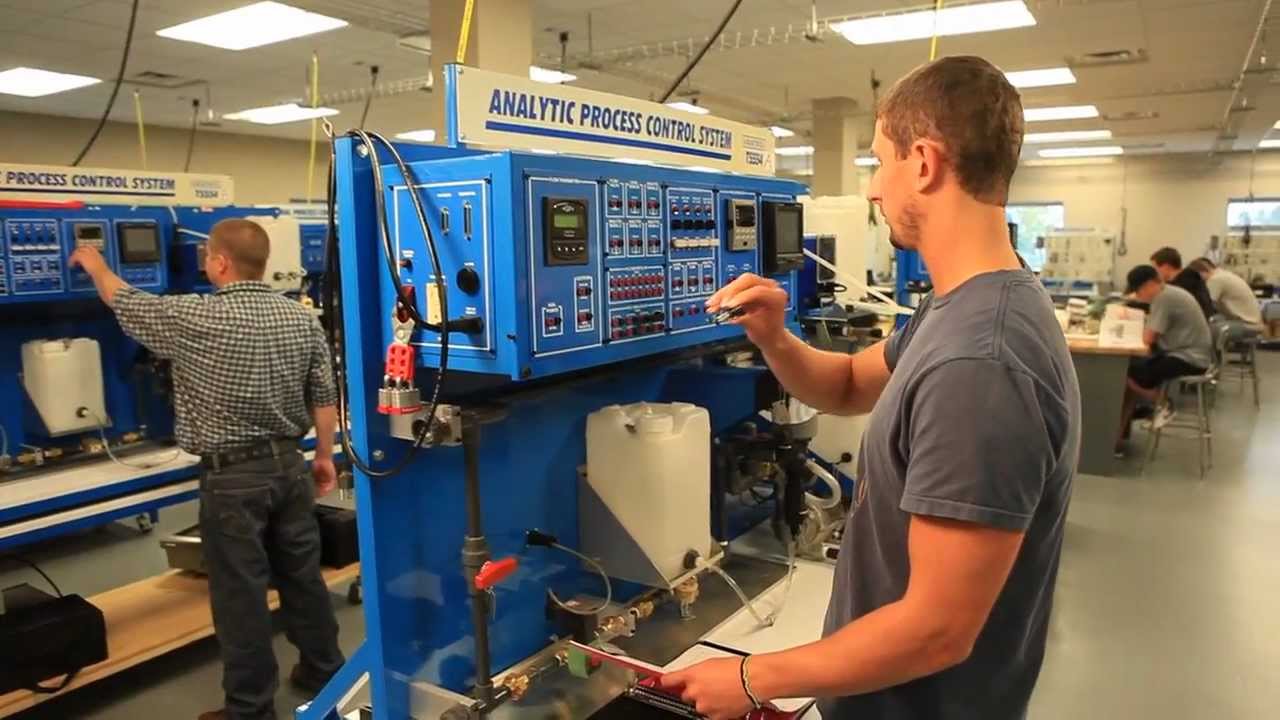
Instrumentation technology is the backbone of modern industries, enabling precise measurement, control, and automation of processes. From monitoring critical parameters in power plants to guiding robots in manufacturing, instrumentation systems play a vital role in ensuring efficiency, safety, and quality.
At its core, instrumentation technology involves the use of sensors, transducers, and control systems to gather, process, and interpret data about physical quantities. This data is then used to make informed decisions, optimize operations, and ensure seamless functioning of various systems.
Measurement and Control Systems

Measurement and control systems are essential components of modern industrial processes, enabling efficient operation, product quality assurance, and safety. They involve the acquisition of process data, its analysis, and the implementation of corrective actions to maintain desired operating conditions.
Components of a Measurement and Control System
A typical measurement and control system comprises several interconnected components:
- Sensors: Sensors are the primary interface between the process and the control system. They detect and convert physical variables, such as temperature, pressure, flow, and level, into electrical signals that can be processed by the control system.
- Transducers: Transducers are specialized sensors that convert one form of energy to another. They play a crucial role in bridging the gap between the physical process and the electronic control system.
- Signal Conditioning: Signal conditioning circuits amplify, filter, and convert the sensor output signals to a format suitable for the control system.
- Controller: The controller is the brain of the system, receiving data from sensors and making decisions based on predefined algorithms and setpoints. It generates control signals to actuators.
- Actuators: Actuators are devices that translate the control signals from the controller into physical actions, such as opening or closing valves, adjusting flow rates, or changing motor speeds.
- Human-Machine Interface (HMI): The HMI provides a user-friendly interface for operators to monitor process variables, configure the control system, and intervene if necessary.
Feedback Control
Feedback control is a fundamental concept in measurement and control systems. It involves continuously monitoring the process variable and comparing it to a desired setpoint. The difference between the actual value and the setpoint, known as the error signal, is used to adjust the control output to minimize the error and maintain the process variable at the desired value.
- Benefits of Feedback Control:
- Improved Process Stability: Feedback control helps to stabilize the process by automatically adjusting the control output to counteract disturbances and maintain the desired operating conditions.
- Enhanced Accuracy and Precision: Feedback control improves the accuracy and precision of the process by continuously monitoring and correcting deviations from the setpoint.
- Reduced Operator Intervention: By automating the control process, feedback control reduces the need for constant operator intervention, freeing up human resources for other tasks.
Types of Control Loops
Control loops are the basic building blocks of measurement and control systems. They consist of a closed loop of components that interact to maintain a desired process variable.
- Proportional (P) Control: Proportional control adjusts the control output proportionally to the error signal. It provides a fast response to changes in the process variable but may exhibit steady-state error.
- Integral (I) Control: Integral control eliminates steady-state error by integrating the error signal over time. It provides a gradual response but may cause overshoot or oscillation.
- Derivative (D) Control: Derivative control anticipates future changes in the process variable by differentiating the error signal. It provides a fast response to changes in the process variable but may increase sensitivity to noise.
- Proportional-Integral-Derivative (PID) Control: PID control combines the benefits of P, I, and D control to achieve optimal performance. It provides a fast response, eliminates steady-state error, and reduces overshoot and oscillation.
Industrial Control Systems
Industrial control systems (ICS) are used in a wide range of industries, including manufacturing, power generation, oil and gas, and transportation.
- Supervisory Control and Data Acquisition (SCADA) Systems: SCADA systems are used to monitor and control large-scale industrial processes, often over geographically dispersed locations. They provide real-time data visualization, process monitoring, and remote control capabilities.
- Distributed Control Systems (DCS): DCS systems are designed for high-performance applications, such as chemical plants and refineries. They distribute control functions among multiple processors, enhancing reliability and scalability.
- Programmable Logic Controllers (PLCs): PLCs are used for automation tasks in industrial settings, such as controlling machinery, robotics, and packaging lines. They offer robust and reliable operation in harsh environments.
Data Acquisition and Processing
Data acquisition and processing are essential aspects of instrumentation systems. These systems gather data from various sources, convert it into usable formats, and analyze it to provide valuable insights for decision-making.
Data Acquisition Techniques
Data acquisition involves the process of collecting data from sensors or other sources and converting it into a format suitable for processing. Various techniques are employed, each with its advantages:
- Analog-to-Digital Conversion (ADC): This technique converts analog signals from sensors into digital values. ADCs are widely used in instrumentation systems, providing high accuracy and flexibility.
- Digital Signal Processing (DSP): This technique involves manipulating and analyzing digital signals. DSP techniques can be used to filter noise, extract features, and perform other operations on acquired data.
- Sampling: Data acquisition systems typically sample data at regular intervals. The sampling rate determines the frequency at which data is acquired. A higher sampling rate provides more detailed information about the measured signal.
- Multiplexing: Multiplexing allows multiple sensors to share the same data acquisition channel. This technique reduces the number of channels required, making the system more efficient.
Data Processing in Instrumentation Systems
Data processing involves manipulating and analyzing the acquired data to extract meaningful information. The role of data processing in instrumentation systems includes:
- Filtering: Removing noise and unwanted signals from the data to improve accuracy and clarity.
- Calibration: Adjusting the acquired data to match the actual values of the measured variable.
- Trend Analysis: Identifying patterns and trends in the data over time to predict future behavior.
- Statistical Analysis: Calculating statistical parameters like mean, variance, and standard deviation to understand the distribution of the data.
- Control: Using processed data to adjust the operation of a system or process.
Data Analysis and Interpretation Methods
Data analysis involves applying various methods to extract insights from the processed data. Common methods include:
- Regression Analysis: Identifying relationships between variables in the data to predict future values.
- Time Series Analysis: Analyzing data collected over time to identify patterns, trends, and anomalies.
- Signal Processing: Using techniques like Fourier analysis to decompose signals into their frequency components.
- Machine Learning: Using algorithms to learn from data and make predictions or decisions.
Communication and Networking
Communication is the backbone of any modern instrumentation system, enabling the flow of information between different components and facilitating seamless operation. From data acquisition to control and monitoring, communication protocols play a vital role in ensuring efficient and reliable performance.
Communication Protocols in Instrumentation
Communication protocols define the rules and standards for data exchange between devices in an instrumentation system. These protocols govern the format, timing, and error handling of data transmission. The choice of protocol depends on factors such as the application requirements, distance between devices, data transmission rate, and cost.
- Serial Communication Protocols: Serial protocols transmit data one bit at a time over a single wire. Examples include RS-232, RS-485, and Modbus RTU.
- RS-232: A widely used protocol for short-distance communication, commonly employed for connecting computers to instruments. It operates at relatively low speeds and is susceptible to noise interference.
- RS-485: An improved version of RS-232, designed for longer distances and greater noise immunity. It uses differential signaling, making it more robust in industrial environments.
- Modbus RTU: A popular protocol for industrial automation, particularly in process control applications. It is a master-slave protocol, where a master device polls slave devices for data.
- Fieldbus Protocols: Fieldbus protocols are designed specifically for industrial automation and process control. They offer high data transmission rates, advanced features like diagnostics and device management, and support for a wide range of devices. Examples include HART, Profibus, and Foundation Fieldbus.
- HART (Highway Addressable Remote Transducer): A hybrid protocol that combines analog signals with digital communication, enabling both traditional analog instrumentation and digital communication. It is widely used in process control applications.
- Profibus (Process Fieldbus): A high-speed serial protocol for industrial automation, providing real-time communication and support for a wide range of devices. It is commonly used in factory automation and process control.
- Foundation Fieldbus: A high-performance protocol designed for process automation, offering advanced features like device management, diagnostics, and interoperability. It is widely used in oil and gas, chemical, and pharmaceutical industries.
- Ethernet-Based Protocols: Ethernet is a widely used networking technology that has gained popularity in industrial automation. Ethernet-based protocols offer high bandwidth, flexibility, and scalability, making them suitable for complex and demanding applications. Examples include Industrial Ethernet (IEEE 802.3), PROFINET, and EtherNet/IP.
- Industrial Ethernet: A standard for Ethernet communication in industrial environments, providing robust and reliable data transmission for demanding applications.
- PROFINET: An Ethernet-based protocol developed by Siemens, offering real-time communication and support for a wide range of devices. It is widely used in factory automation and process control.
- EtherNet/IP: An Ethernet-based protocol developed by Rockwell Automation, offering real-time communication and support for a wide range of devices. It is widely used in factory automation and process control.
Industrial Networks, Instrumentation technology
Industrial networks are communication systems specifically designed for industrial applications, connecting various devices and systems within a plant or facility. They provide a reliable and secure platform for data exchange, control, and monitoring.
- Advantages of Industrial Networks:
- Increased Efficiency: Industrial networks streamline data flow, enabling faster and more efficient decision-making.
- Improved Reliability: Robust communication protocols and redundancy features ensure reliable data transmission even in harsh industrial environments.
- Enhanced Flexibility: Industrial networks support a wide range of devices and protocols, allowing for flexible system configurations.
- Reduced Costs: By eliminating the need for dedicated wiring and simplifying data management, industrial networks can reduce overall system costs.
- Centralized Control: Industrial networks facilitate centralized control and monitoring of processes, allowing operators to manage operations from a single location.
- Improved Safety: Real-time data exchange enables faster response to potential hazards, enhancing safety in industrial environments.
Communication and Networking Technologies in Instrumentation
- Wireless Communication: Wireless technologies, such as Wi-Fi and Bluetooth, are increasingly used in instrumentation for remote monitoring and control. They offer flexibility and ease of installation, but require careful consideration of security and interference issues.
- Wireless Sensor Networks (WSNs): WSNs consist of interconnected sensors that collect data from the environment and transmit it wirelessly to a central control system. They are widely used in applications like environmental monitoring, building automation, and industrial process control.
- Remote Monitoring and Control: Wireless communication enables remote access to instrumentation systems, allowing operators to monitor and control processes from any location with an internet connection. This is particularly beneficial for applications in remote locations or hazardous environments.
- Industrial Internet of Things (IIoT): IIoT leverages the power of interconnected devices, sensors, and software to enhance efficiency, productivity, and decision-making in industrial environments. It enables real-time data analysis, predictive maintenance, and automated process optimization.
- Smart Sensors: IIoT-enabled sensors can collect and process data locally, providing real-time insights and triggering automated actions. This reduces the need for complex data processing infrastructure and enables faster response times.
- Cloud Computing: IIoT systems often utilize cloud computing platforms for data storage, analysis, and processing. This provides scalable and cost-effective solutions for managing large volumes of data.
- Edge Computing: Edge computing brings data processing closer to the source, reducing latency and improving real-time responsiveness. It is particularly beneficial for applications requiring low latency and high bandwidth, such as industrial automation and robotics.
Emerging Trends in Instrumentation Technology
The field of instrumentation technology is constantly evolving, driven by advancements in digitalization, connectivity, and artificial intelligence. These trends are transforming how instruments are designed, deployed, and utilized, leading to greater efficiency, accuracy, and insights.
Digitalization’s Impact on Instrumentation Systems
Digitalization has revolutionized instrumentation systems by enabling the integration of digital technologies and software into traditional analog instruments. This integration brings numerous benefits, including enhanced data acquisition, processing, and analysis capabilities.
- Increased Accuracy and Precision: Digital instruments offer higher accuracy and precision compared to their analog counterparts. Digital signal processing techniques minimize errors and noise, resulting in more reliable measurements.
- Enhanced Data Acquisition and Processing: Digitalization enables the collection of vast amounts of data from multiple sources, facilitating comprehensive data analysis and decision-making. Advanced algorithms and software tools can extract valuable insights from this data, revealing trends and patterns that would be difficult to identify manually.
- Remote Monitoring and Control: Digital instrumentation systems allow for remote monitoring and control of processes, improving operational efficiency and reducing downtime. Operators can access real-time data and adjust process parameters from anywhere with an internet connection.
- Improved Communication and Connectivity: Digitalization facilitates seamless communication between instruments, control systems, and other devices. This connectivity enables data sharing and real-time collaboration, leading to better coordination and optimization of operations.
The Internet of Things (IoT) in Instrumentation
The Internet of Things (IoT) is a network of interconnected devices that collect and exchange data. In instrumentation, IoT enables the integration of sensors, actuators, and other devices into a connected ecosystem. This interconnectedness allows for real-time monitoring, data sharing, and remote control, transforming how instrumentation systems operate.
- Real-Time Monitoring and Data Collection: IoT sensors can continuously monitor various parameters, providing real-time data on process conditions, equipment performance, and environmental factors. This data can be accessed and analyzed remotely, enabling proactive maintenance and optimization of operations.
- Improved Process Optimization: By collecting and analyzing data from multiple sources, IoT enables a deeper understanding of process dynamics and relationships. This information can be used to optimize process parameters, reduce waste, and enhance efficiency.
- Predictive Maintenance: IoT sensors can monitor equipment health and detect potential failures before they occur. This predictive maintenance approach minimizes downtime, reduces maintenance costs, and ensures continuous operations.
- Remote Control and Automation: IoT allows for remote control of instruments and processes, enabling automation of tasks and reducing the need for manual intervention. This automation improves efficiency, reduces human error, and enhances safety.
Artificial Intelligence (AI) and Machine Learning in Instrumentation
Artificial intelligence (AI) and machine learning (ML) are transforming the way instrumentation systems are designed, operated, and analyzed. AI algorithms can analyze vast amounts of data, identify patterns, and make predictions, enabling more intelligent and efficient instrumentation systems.
- Automated Data Analysis and Interpretation: AI algorithms can analyze large datasets, identify trends, and provide insights that would be difficult or impossible for humans to detect. This automated analysis streamlines data interpretation and supports decision-making.
- Predictive Maintenance and Fault Detection: AI-powered systems can analyze historical data and real-time sensor readings to predict potential equipment failures and proactively schedule maintenance. This approach reduces downtime, minimizes costs, and enhances operational reliability.
- Process Optimization and Control: AI algorithms can optimize process parameters based on real-time data and historical trends, maximizing efficiency and reducing waste. This dynamic optimization adapts to changing conditions and improves overall process performance.
- Intelligent Instrument Design: AI is being used in the design of new instruments, incorporating advanced algorithms and learning capabilities. These intelligent instruments can adapt to changing environments, optimize their performance, and provide more accurate and reliable measurements.
Wrap-Up
As technology continues to advance, instrumentation systems are becoming increasingly sophisticated, incorporating elements of artificial intelligence, machine learning, and the Internet of Things. This evolution is paving the way for even greater levels of automation, efficiency, and data-driven decision-making in diverse industries. The future of instrumentation technology holds immense potential to shape the world around us, driving innovation and progress across various sectors.
Instrumentation technology plays a crucial role in many industries, providing valuable insights into processes and systems. To ensure accurate and reliable data collection, advanced instrumentation technologies are often paired with robust data management systems, such as those offered by lic technologies.
These systems help streamline data analysis and interpretation, ultimately leading to improved decision-making and optimized operational efficiency in the field of instrumentation.
